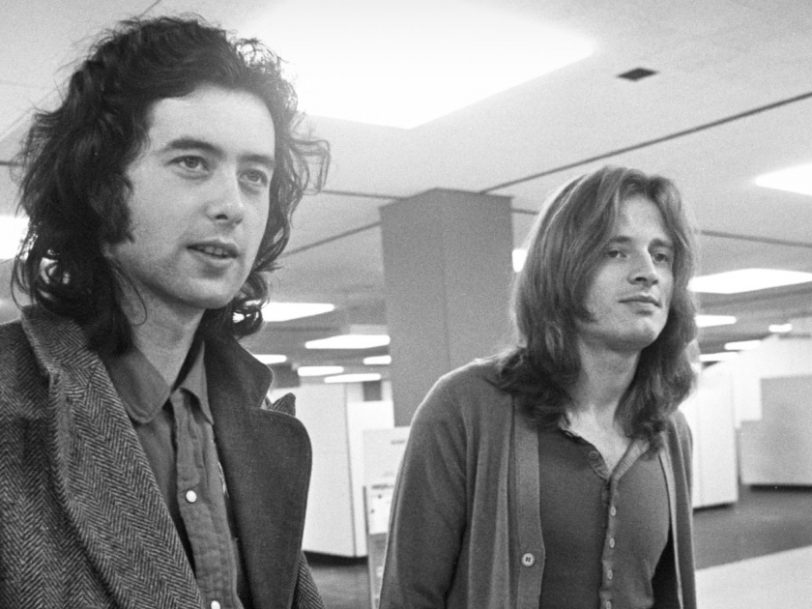Frontman Robert Plant played the charismatic sex god, guitarist Jimmy Page brought the flash and virtuosity, and drummer John Bonham meted out the percussive thunder, yet Led Zeppelin would never have taken off without their bassist, John Paul Jones. The legendary rockers’ quietest member chose to shun the limelight, but his superb contributions were integral to their artistic growth – and John Paul Jones’ best Led Zeppelin performances remain landmark moments in rock’n’roll history.
Though primarily a bassist, Jones didn’t just hold down the low end for Led Zeppelin. The multi-instrumental skills that established him as one of the 60s’ most in-demand session musicians often gave the group their edge as they soared to prominence during the decade that followed. He’s since collaborated with stellar artists ranging from R.E.M. to Peter Gabriel and Brian Eno, but John Paul Jones’ best Led Zeppelin performances reveal the full range of his singular talent.
Listen to the best of Led Zeppelin here, and check out John Paul Jones’s best Led Zeppelin performances, below.
10: All My Love (from ‘In Through The Out Door’, 1978)
With Page and Bonham both suffering from substance-related issues, Jones and Plant took the creative reins for much of Led Zeppelin’s final studio album, In Through the Out Door, and both gave their all on one of its highlights, All My Love. A heartfelt tribute to Plant’s then recently-deceased son, Karac, this rhapsodic ballad inspired one of the singer’s most tender vocal deliveries, but its sonic backdrop was dominated by Jones’ majestic keyboard playing. His synth-led melodies shimmer throughout, and his neo-classical solo undoubtedly stands among John Paul Jones’ best Led Zeppelin performances.




